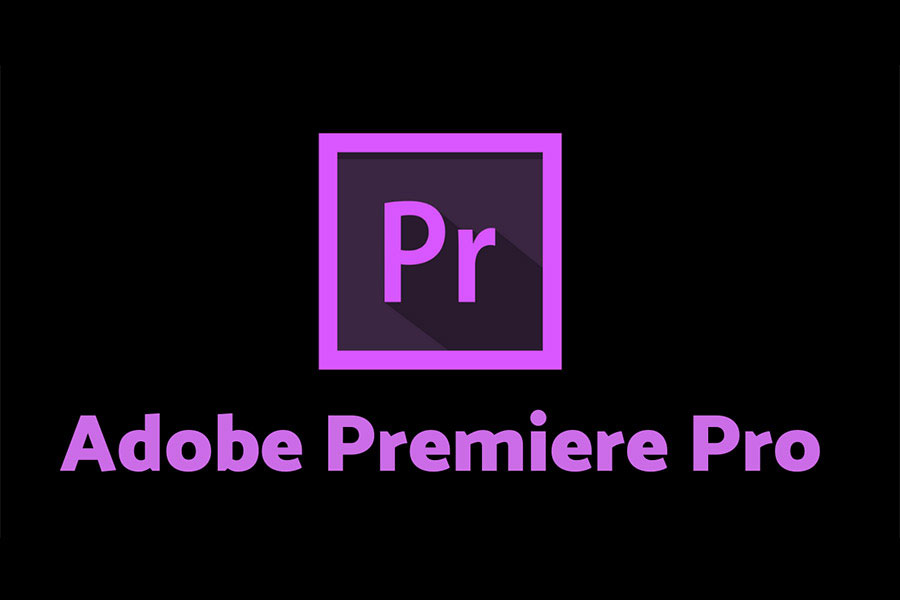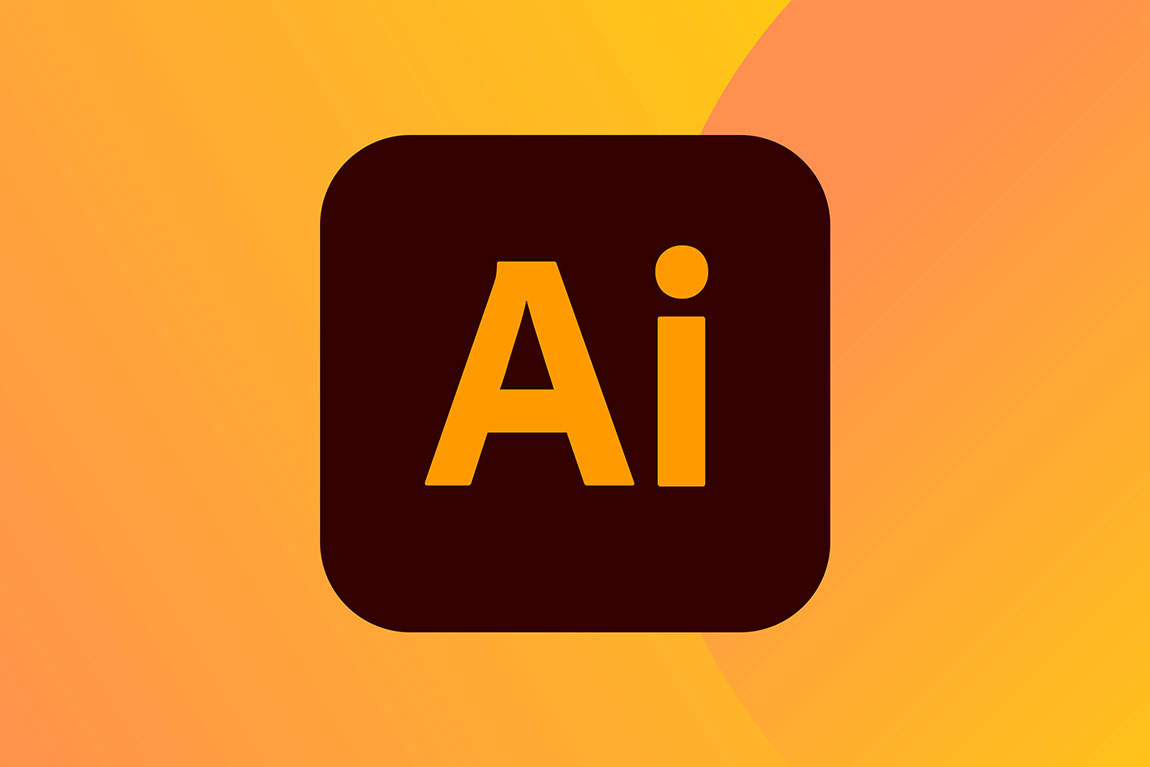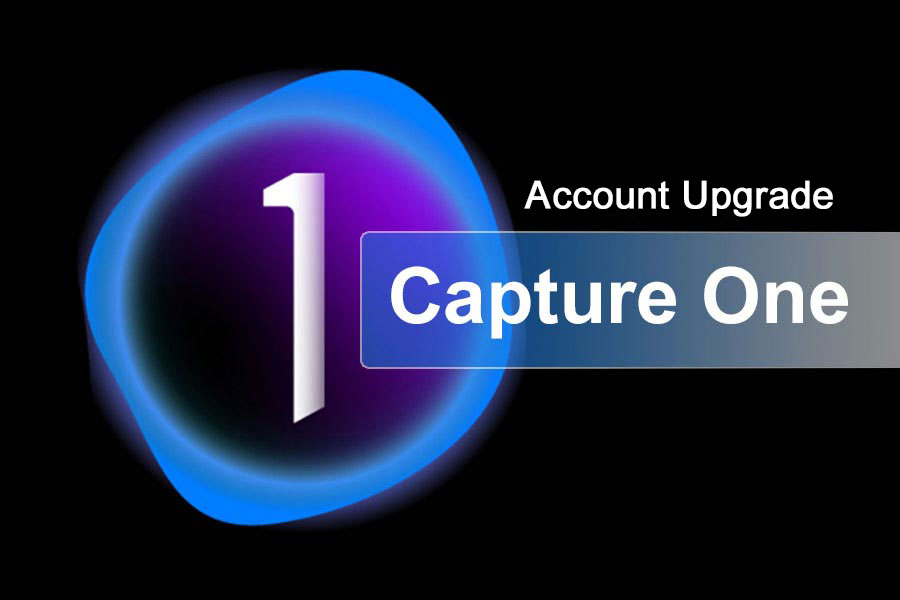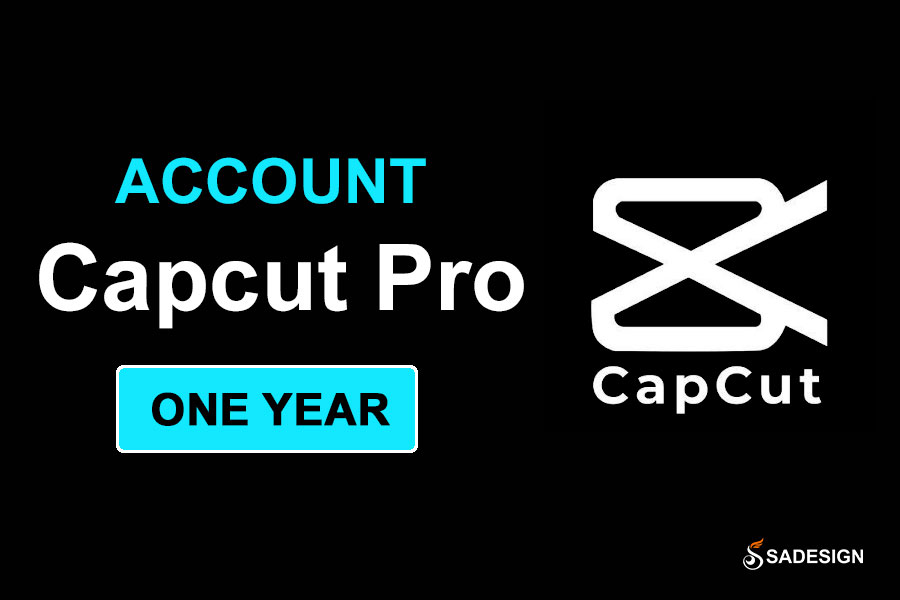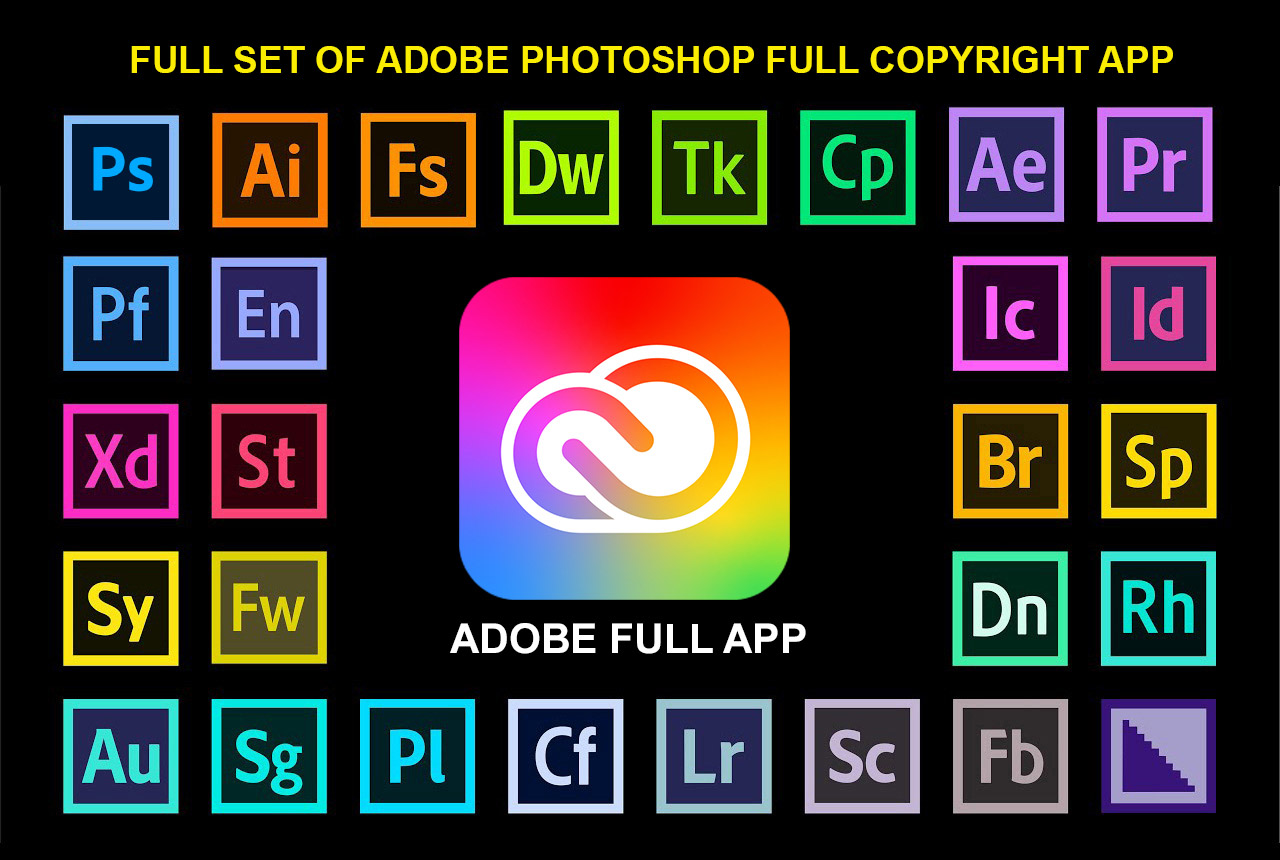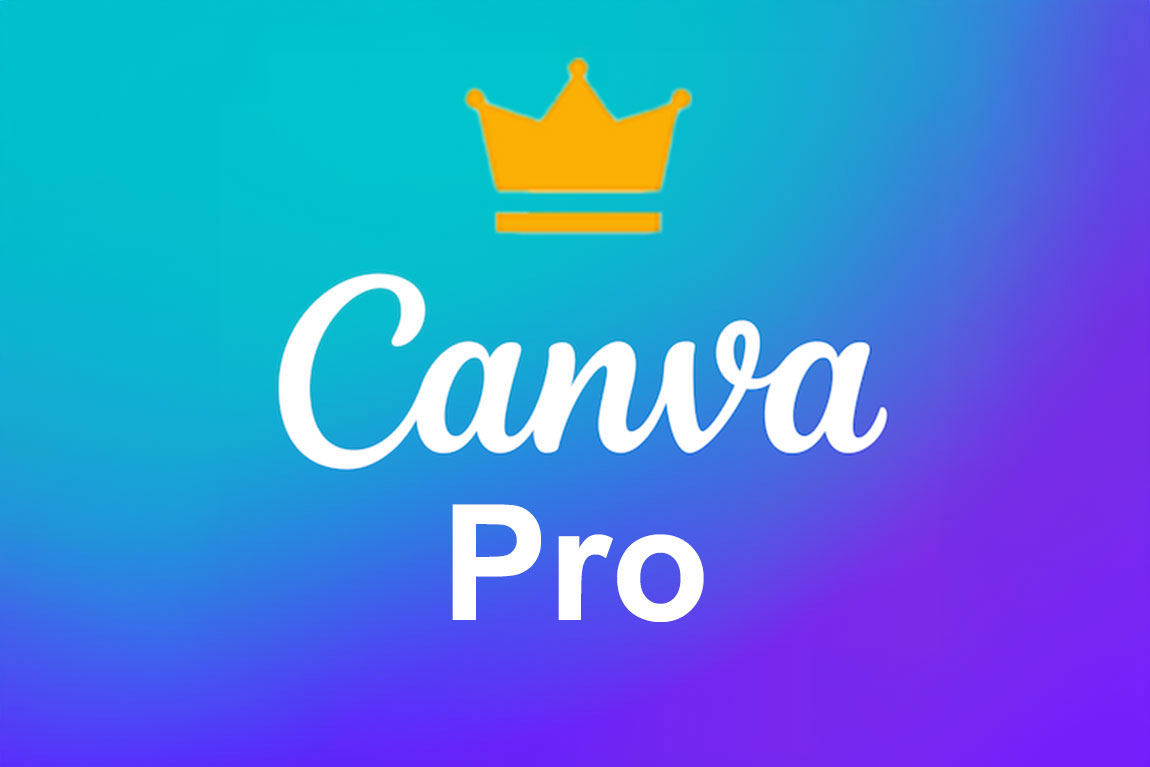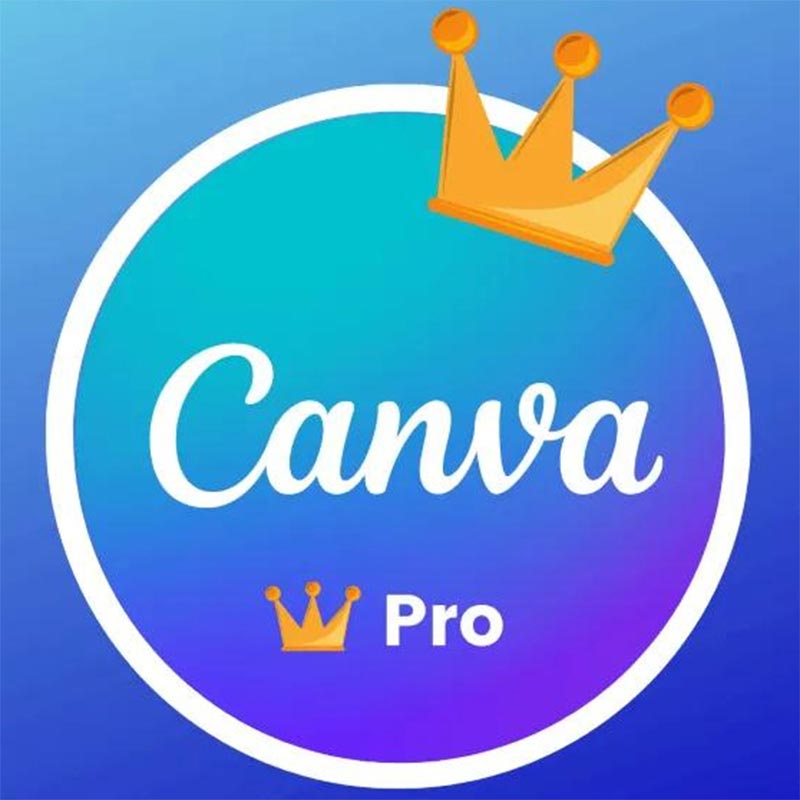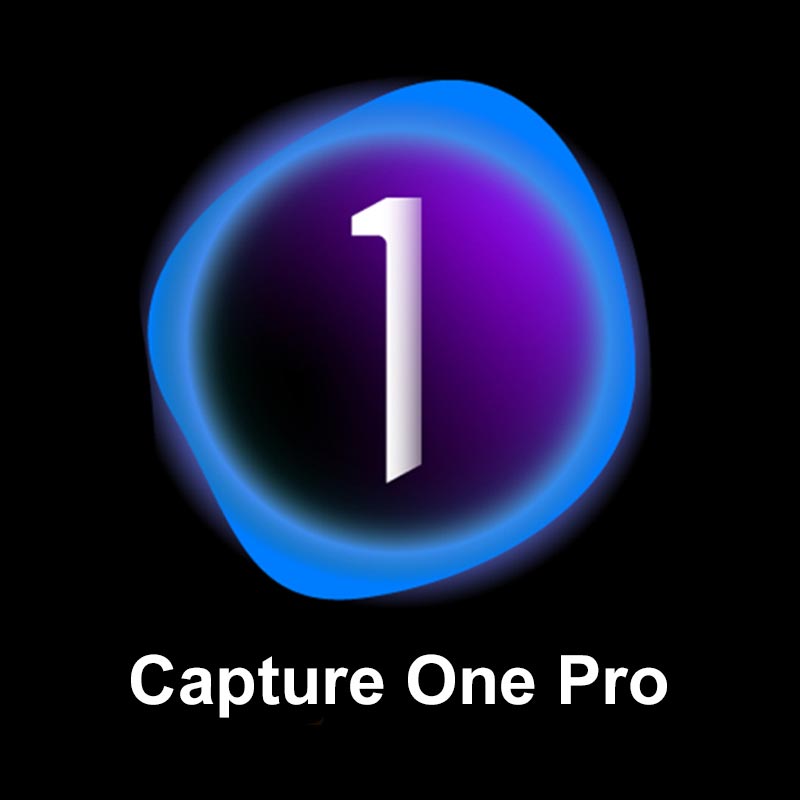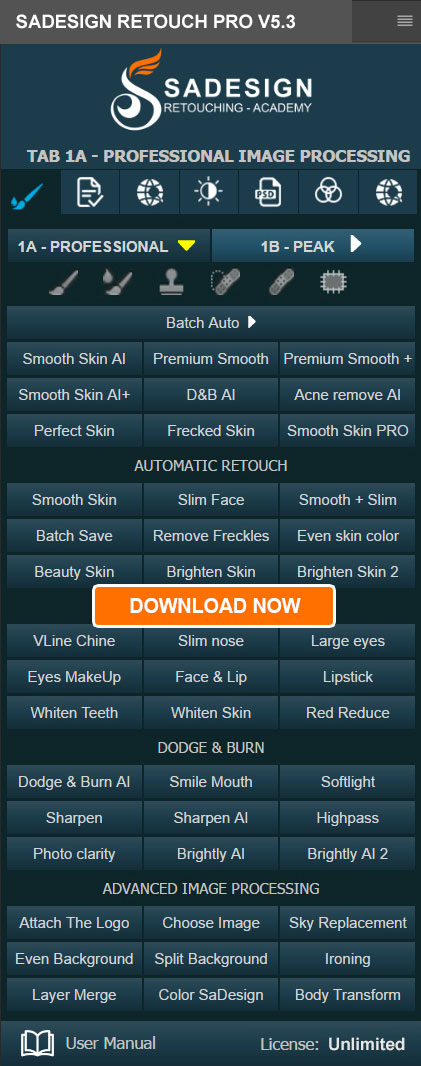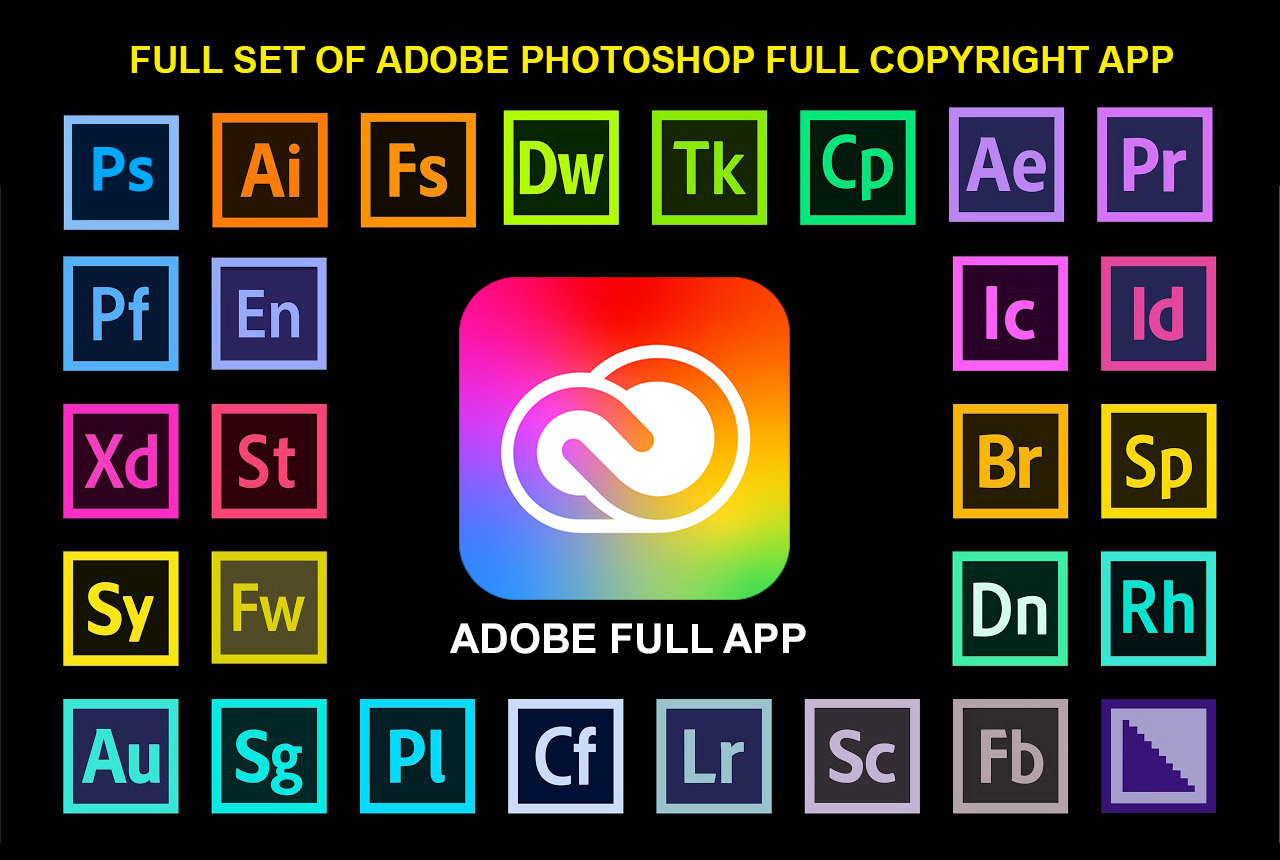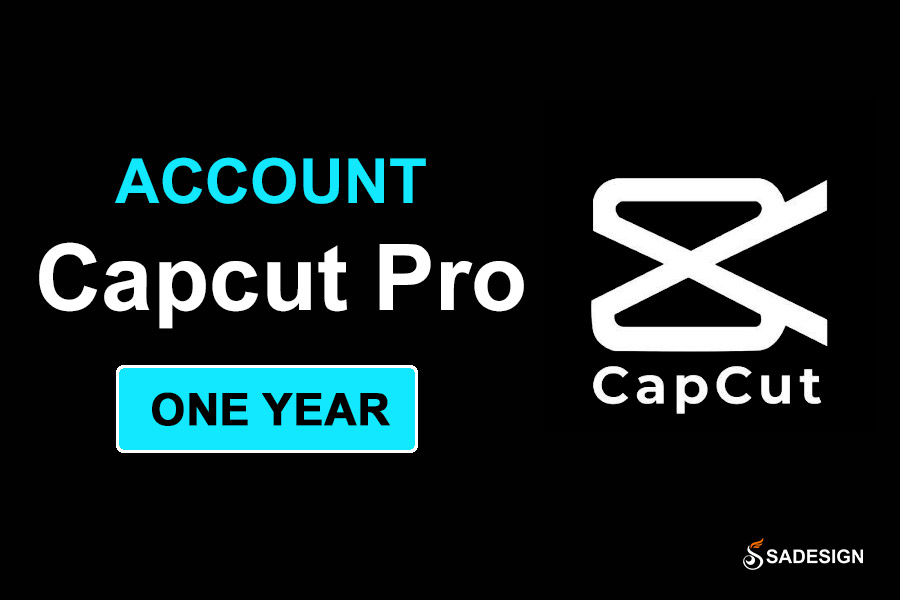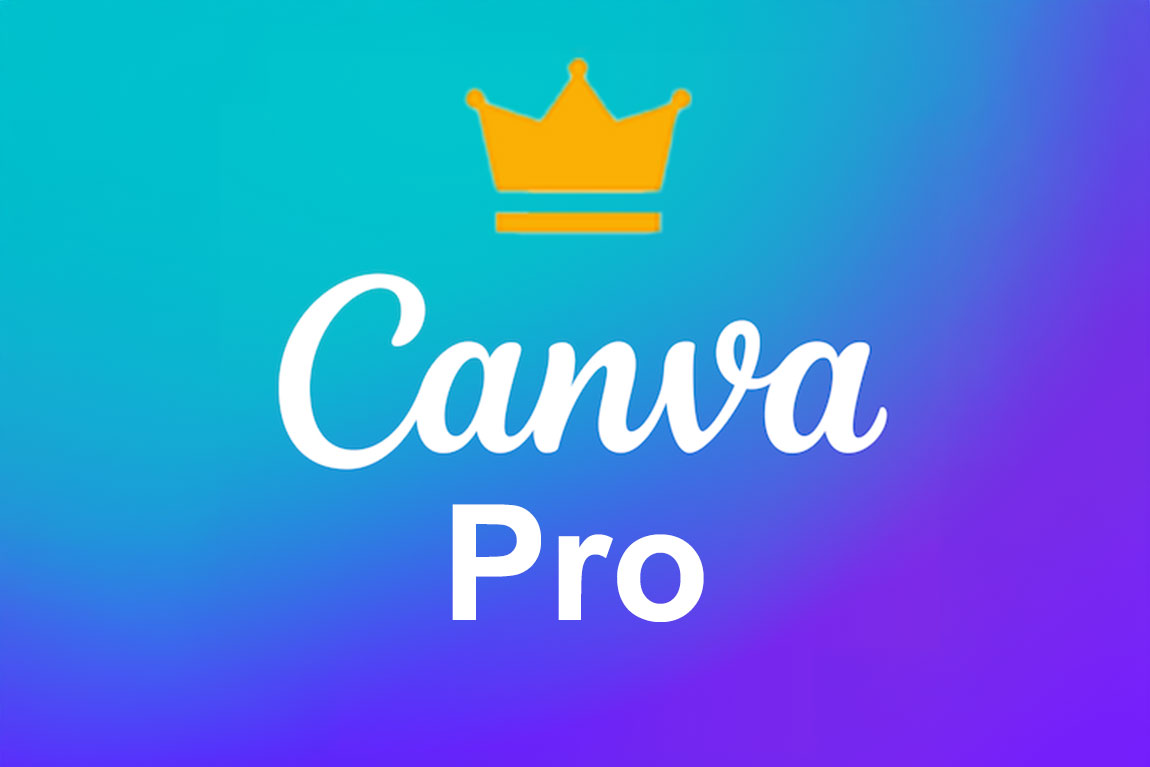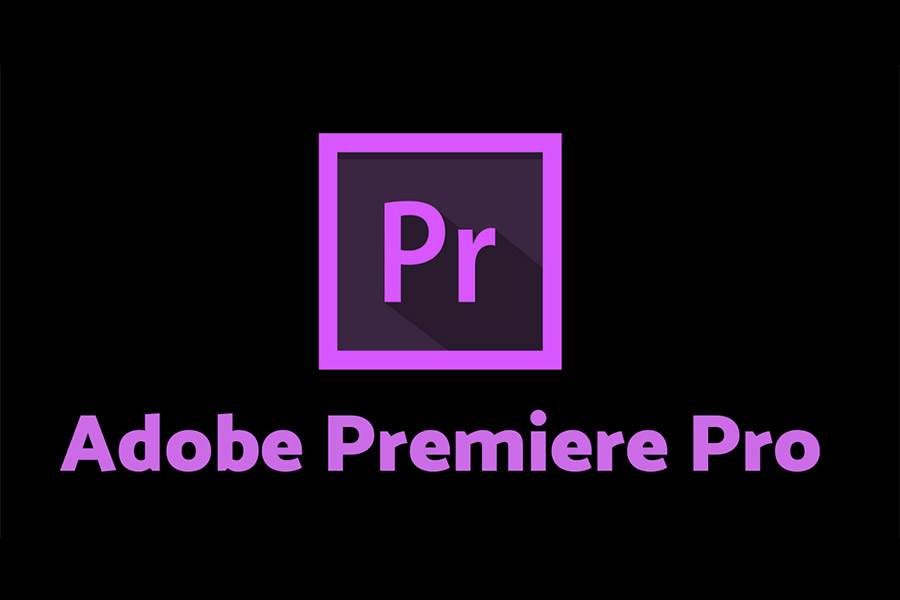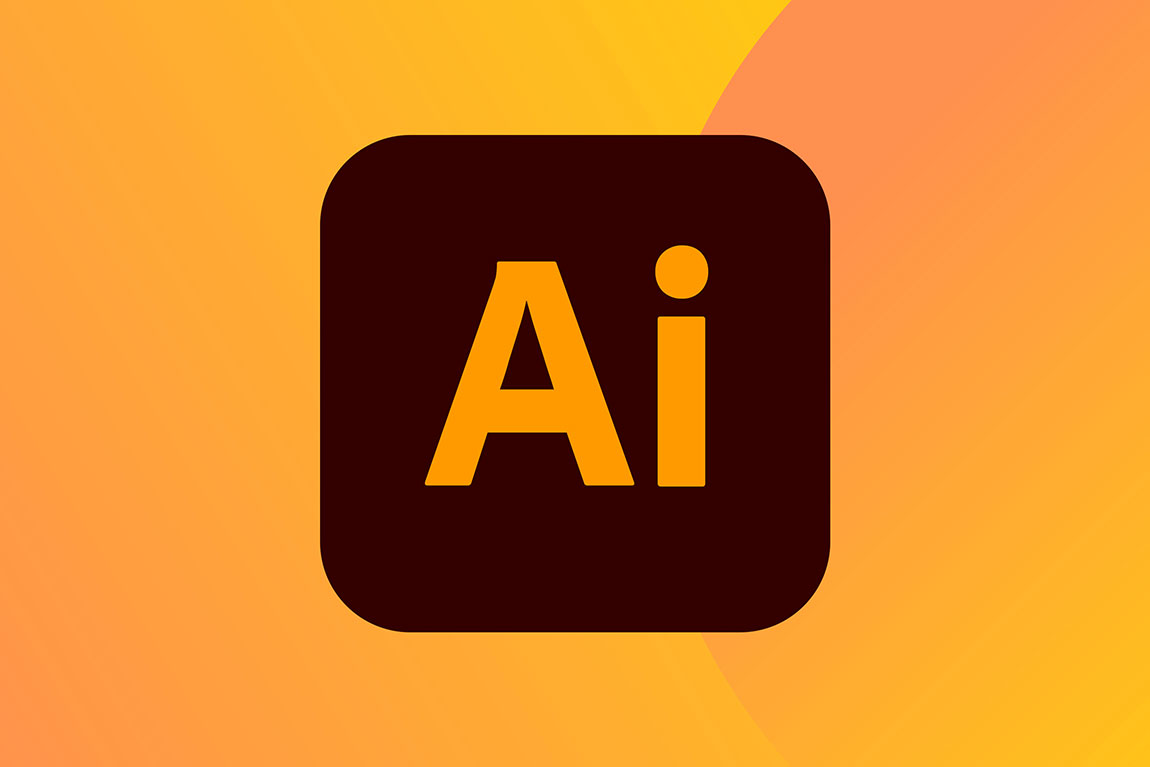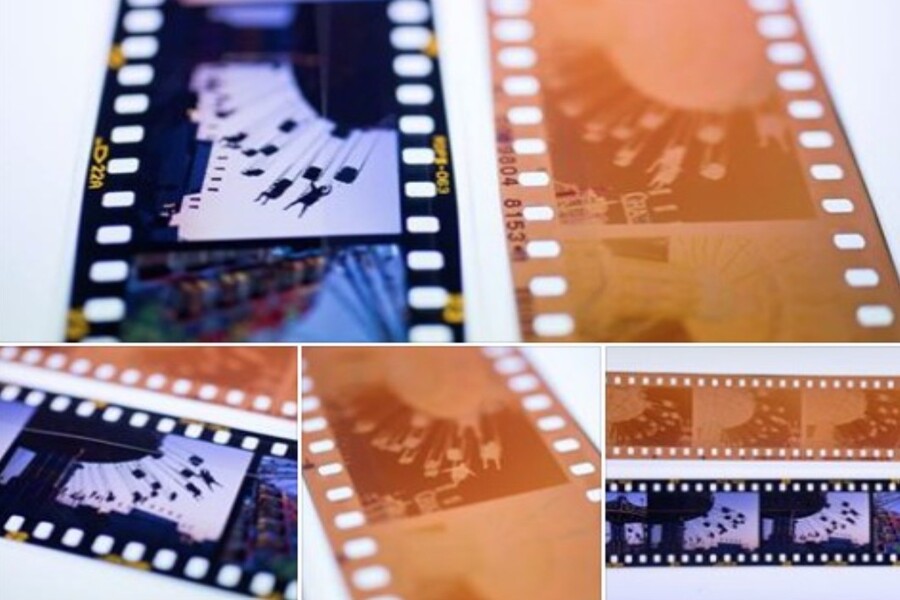Best Selling Products
Just Starting Out in Photography? These Are the Things You Absolutely Can't Miss
Nội dung
For beginners, the world of photography can seem like a confusing maze filled with concepts, equipment, styles, and schools of thought.
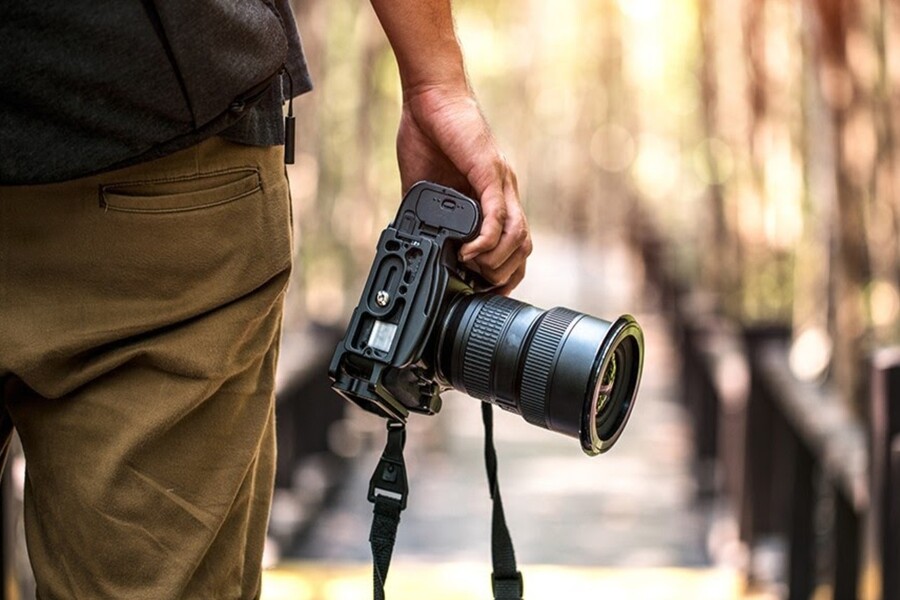
Photography is a long journey that is both artistic and technical. For beginners, the world of photography can seem like a confusing maze of concepts, equipment, styles, and schools. It is easy to get confused and even discouraged from taking the first steps. However, the rapid development of the internet and the growing photography community have brought countless learning resources, support tools, and a clear development path for anyone with a passion for capturing the world through a lens.
So where should beginners start learning, how to choose resources and how to practice to avoid being overwhelmed by information? The article below will provide you with a systematic photography learning path, combining theory and practice, so that you can develop your skills effectively, systematically and sustainably.
1. DPReview's “Introduction to Photography” Video Series
One of the best options for beginners is the “Introduction to Photography” video series produced by DPReview, one of the most reputable photography education and gear review platforms in the world.
Even if you don't understand the difference between parameters such as aperture, shutter speed, ISO, etc. at first, don't worry. This video series is compiled to help learners gradually approach each basic concept in a coherent and easy-to-understand way while still ensuring absolute accuracy. Each topic is built like a "small brick" that contributes to creating a solid foundation for your photography knowledge. For example, you will clearly know "What is shutter speed?", why it affects blurry or frozen photos, and how to adjust it in different lighting conditions.
.png)
Beyond still photography, DPReview also includes extensive content for those who want to learn about shooting video with a camera, from how to optimize settings to white balance and audio. The variety and system in this video series helps you learn not only “how to use the camera” but also “why to use it”.
In addition to videos, DPReview also invests in hundreds of in-depth articles, especially useful for beginners. Sections such as "Photography Travel Guide", "Equipment Care", or "Equipment Comparison for Beginners" are all carefully edited. What is valuable is that the DPReview team always emphasizes the element of learning correctly from the beginning, which seems simple but is a vital factor to avoid creating bad habits later.
All of their content is available for free via their official YouTube channel and DPReview.com website, where you can learn photography in a systematic, modern, and cost-effective way.
2. Exploiting resources from the websites of equipment manufacturers and retailers
What many beginners to photography don’t realize is that camera manufacturers aren’t just selling gear, they’re also trusted “schools” with professional resources. Big names like Canon, Nikon, Sony, and Tamron all have dedicated beginner sites that are well-researched, both visually and theoretically.
For example, Canon has the Canon Learning platform, where you can find dozens of articles and video tutorials ranging from beginner to advanced levels. Similarly, Nikon Learn & Explore is a huge repository of photography techniques, composition, lighting, and even post-production. Meanwhile, Sony stands out with its series of hands-on videos with professional photographers, helping learners visualize real-life situations.
.png)
One notable example is Tamron University, which offers free classes, sometimes in the form of online workshops, with instructors who are professional photographers sharing real-life work, how to handle situations in harsh environmental conditions, and valuable personal experiences.
In addition to manufacturers, major photography retailers like B&H Photo Video and Adorama also have impressive content systems. In particular, B&H's Explora section is a diverse knowledge base with all kinds of articles: from equipment guides, creative photography tips, lens reviews, to fascinating behind-the-scenes stories from photographers around the world.
The Adorama blog is also very useful, especially if you are interested in topics such as photo processing, equipment reviews for real-world shooting needs, or tips for getting the most out of your equipment. The good news is that all of this content is completely free and is regularly updated to keep up with the latest technology trends.
3. Read books
Despite the increasing popularity of video and social media in the world, there is no substitute for the power of reading, especially in a field that requires deep reasoning like photography. Reading allows you to absorb knowledge in a much slower, more systematic and deeper way than simply watching a video or listening to a podcast.
.png)
Some basic books that beginners to photography should read include:
"Photography" by Barbara London , Jim Stone and John Upton: This is considered one of the classic photography textbooks, taught at many art and photography schools around the world. The book covers all the elements: from camera operation, lighting, composition to printing techniques and organizing photography projects.
"Digital Photography Complete Course" by David Taylor : This book breaks down the entire content into week-by-week courses, with clear structure, real-life illustrations, and specific exercises. It's suitable for both independent learners and those who want a clear learning path for the first 2–3 months.
In addition to technical textbooks, beginners should also approach photo books, that is, collections of works by famous photographers. Looking at great photos is not only to admire the beauty, but also to learn about composition, lighting, color management, and conveying emotion. Spending time looking at good photos also helps you develop the ability to “read a picture” – a skill that is just as important as clicking the shutter.
4. Take a class or workshop
Not everyone can learn successfully on their own, especially when faced with a series of questions with no clear answers. In that case, an instructor-led photography class will save you a lot of time and trial and error. Having a teacher follow you closely, asking direct questions, and receiving detailed feedback on each photo will help you gain deeper understanding and correct mistakes much faster than studying alone.
.png)
Many community colleges in the US and developed countries offer basic photography courses at reasonable costs, lasting from a few weeks to a semester. If you are in Vietnam, you can find reputable photography training centers in Ho Chi Minh City, Hanoi such as the Photography Class of ADS Photography & Design Institute, Saigon Photography Club or short-term training courses from independent photographers.
If you don’t have the opportunity to study in person, online learning through platforms like Coursera, Udemy, Skillshare, or Domestika is a great alternative. A great example is Maine Media Workshops, which offers in-depth online photography courses covering landscape, portrait, journalism, and post-production.
In addition, short-term workshops lasting 2-3 days or 1 week are ideal options for both learning and high-intensity practice. These workshops are often held at real shooting locations (mountains, beaches, monuments, urban areas, etc.), providing a vivid experience and creating opportunities to connect with a community of people who share the same passion.
5. Use social media selectively and mindfully
There’s no denying that social media is a huge source of learning for photography learners. Platforms like YouTube, Instagram, Reddit, TikTok, and Pinterest are filled with tutorials, gear reviews, and tips from both pros and regular users.
.png)
However, this strength is also a double-edged sword if you do not know how to filter. Many contents are just personal experiences, lack theoretical basis or are even completely wrong. Sometimes you will come across "magic trick" videos, for example "Take photos with a phone with a blurred background like a full-frame camera", which sound interesting but are not applicable or make you form the wrong mindset.
The best way to use social media effectively is to choose to follow reputable channels such as The Art of Photography, Peter McKinnon, Sorelle Amore, Sean Tucker or in-depth forums such as DPReview Forum, Reddit r/photography. At the same time, you should ask critical questions when approaching information: Why is it like this? Can it be verified by practice? Is it a universal principle or only applicable in a specific situation?
Think of social media as an “open bulletin board” to stay up to date on trends, share ideas, and connect, but don’t let it become the sole platform in your learning journey.
6. There is no substitute for practice.
No matter how many videos you watch, how many books you read, or how many experts you listen to, all the theory will be meaningless if you do not apply it in practice. Practice is the step that transforms knowledge into skills and is where you understand the essence of what you have learned.
You don’t need expensive equipment to start shooting. An old camera, or even a smartphone with manual mode, is enough to practice controlling aperture, shutter speed, composition, and light. The key is to practice regularly, make deliberate mistakes, take notes on what works and what doesn’t, and improve with each shot.
.png)
Reviewing your photos after you shoot, comparing settings, taking notes, and reflecting will help you learn much faster. This is why good photographers always keep the habit of "reviewing photos" after each shoot, sometimes even writing a photography diary to remember their own development process.
Remember, photography skills don’t come from equipment, they come from the eye, the mind, and experience. And nothing builds that better than consistent, deliberate practice.
Learning photography is a long and passionate process that requires a combination of knowledge, skills and keen observation. For beginners, choosing the right learning resources from the beginning will create a solid foundation for sustainable development later. Whether you choose to learn through DPReview videos, read books, attend workshops or practice on your own, the most important thing is to maintain curiosity, patience and discipline in your learning.
Let each photo you take be a step forward in your learning journey, whether it is a success or a failure. Because that journey is the most valuable thing that photography brings.

